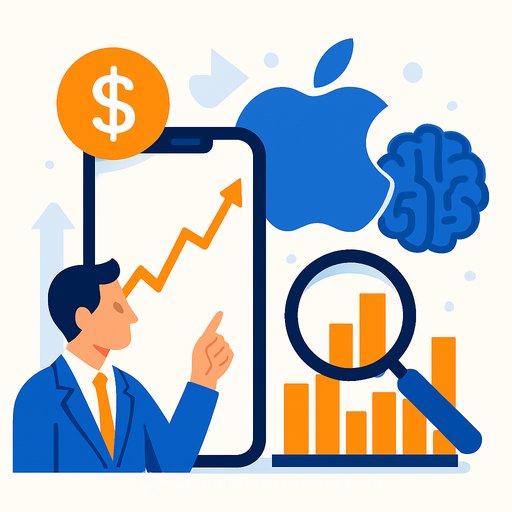Can AI do better than your board? That theory is already being tested
Nearly 80% of boards admit they know little about AI. That gap is costly. Directors are stretched thin, tech expertise goes stale fast, and groupthink creeps in. The result: slow reads on risk and missed upside.
One blunt take sums it up: "AI can replace a board of directors." The tougher follow-up: when will shareholders trust it more than a table full of people? We may be closer to that point than most expect.
Where AI actually helps
AI isn't just a document summarizer. It handles more information, with better recall and consistency, than any single director. It can flag weak signals, quantify trade-offs, and surface scenarios your board never had time to test.
In a recent global survey, 57% of boards and C-suites pointed to governance and ethical use as AI's key role, and one in three highlighted risk and opportunity management. That's the board's job description.
Proof it's already inside the boardroom
- Roughly 8% of global boards have added AI specialists as directors.
- International Holding Company appointed "Aiden Insight" as an AI board observer delivering real-time updates.
- Platforms like Zeck move decisions from passive reviews to live information gathering.
AI can also assess personal performance. In one experiment, student project meetings were analyzed by AI for participation, knowledge, and contribution. Think of it as an external coach that never gets tired and never forgets what was said.
What directors should do next
- Get hands-on: Pick a secure AI assistant and use it for board pack prep, scenario testing, and "pre-mortems." If you don't use it weekly, you won't see the edge or the risks.
- Set policy: Approve an AI use policy that covers oversight, data handling, model access, and audit trails. Keep it short, enforceable, and reviewed quarterly.
- Pilot an AI "observer": Let an AI tool transcribe meetings, tag decisions, track actions, and measure participation. Start with one committee before full-board rollout.
- Upgrade information flow: Feed AI with structured internal data (KPIs, risk registers, customer signals). Build prompts that compare performance to plan and spot anomalies.
- Add skills at the table: Consider an AI-fluent director or independent advisor to challenge assumptions and coach management on use cases.
- Protect the crown jewels: Classify proprietary data, restrict external sharing, use zero-retention settings, and prefer private or enterprise-grade models for sensitive work.
Metrics that prove it's working
- Decision cycle time: Days from issue raised to resolution.
- Forecast accuracy: Variance vs. plan after AI-assisted reviews.
- Risk detection rate: Number and severity of issues flagged before material impact.
- Board participation index: Speaking time, topic diversity, contribution quality.
- Action completion time: From motion passed to outcome delivered.
- Return on AI: Cost saved or value created per initiative, audited quarterly.
Guardrails you can't skip
- Bias: Test outputs for skew across gender, geography, and culture. Require documented mitigation steps.
- Data leakage: Ban pasting sensitive data into public tools. Use enterprise contracts with clear retention terms.
- Attribution and accountability: Management owns execution. The board owns oversight. Keep an auditable trail of prompts, sources, and decisions.
- Transparency: Disclose how AI informs oversight. Share criteria for where human judgment is final.
The inflection point
"At what point is AI better than a director, or better than a board at oversight of management? And at what point will shareholders trust AI more than a board of people? We're very close to that inflection point." That's the challenge and the opportunity.
Education helps. But skill comes from use. Directors who learn to question AI well will spot risk faster and find cleaner ways to allocate capital.
Act this quarter
- Run a 60-day pilot: AI-assisted board pack synthesis, risk scanning, and action tracking.
- Approve a simple AI policy and data guardrails.
- Schedule a working session on AI use cases in governance, strategy, legal, transparency, and analysis.
- Publish your approach to shareholders in the next report.
Want structured upskilling for executives? Explore the Executive MBA and related programs at sydney.edu.au/emba.
Prefer a faster path to practical skills? See role-based AI learning paths at Complete AI Training.
Your membership also unlocks:






